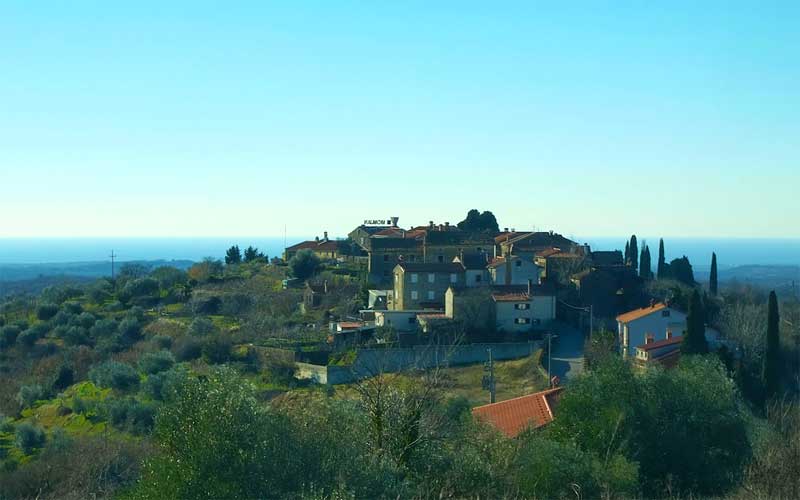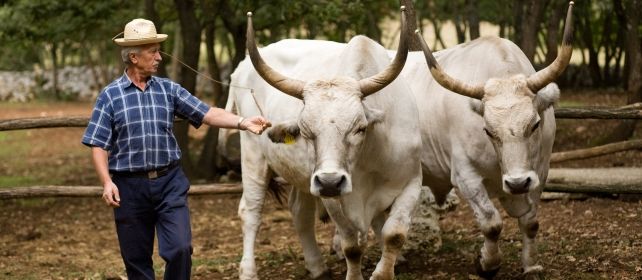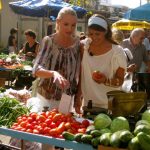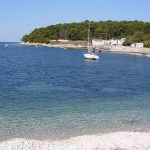You can find the first part of the article here.
The following explains how guests willing to pay more for accommodation at better hotels and more for better meals at better restaurants in Istria made it possible for the rural population to return and live from their land and entrepreneurship and how this affected the direction in which tourism on the Istrian peninsula developed further.
Those guests made it possible for the superb small wineries to emerge in recent years, superb olive oil producers followed shortly after, farmers reclaimed their agricultural land that hadn’t been cultivated since the days of the Austro-Hungarian monarchy, as Istria industrialized and much of the rural population moved to cities such as Pula (shipyard, cement industry, textile industry, etc.), Labin (machine engineering) and others.

The exceptional quality wines, olive oils, cheeses, as well as products found in Istria by nature, such as truffles and wild asparagus found their way into media, drew attention and excellent PR spread the news on the German, Austrian and other European markets. Interest for Istria rose in circles which were traditionally oriented more towards Italy, France and even Spain.
Istrian tourism workers and local politicians recognised the possibilities and pushed the development forward by attracting the first investors, who knew how to raise the tourism quality level in Istria. The trend was later recognised and followed by investors which followed.
But let’s return to what the described development meant and means for rural Istria. Suddenly, it became profitable to work the land, renovate and rent out houses that were worth close to nothing only a decade ago. The endangered Boskarin Cattle began grazing again in Inner Istria. The cities and torist destinations began investing more in culture, events and leisure facilities and most importantly, people began to return home from abroad and helped make the Istrian hinterland the jewel it is today.

Their return was existentially necessary to avoid a total aging of the population and to preserve the heritage and tradition. Unquestionably, there are touristic developments in Istria which need to be reviewed, but Istria needs higher quality tourism to develop further.









